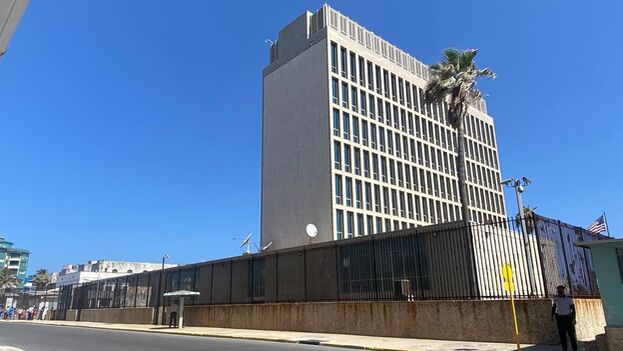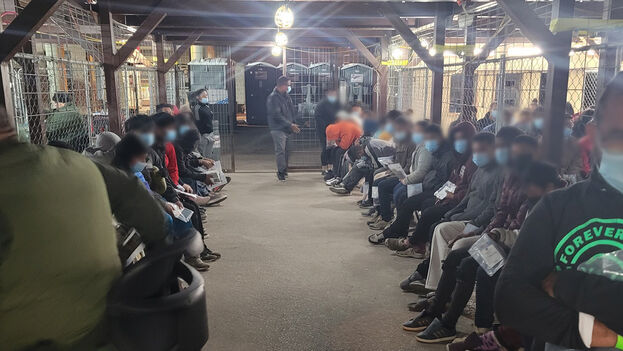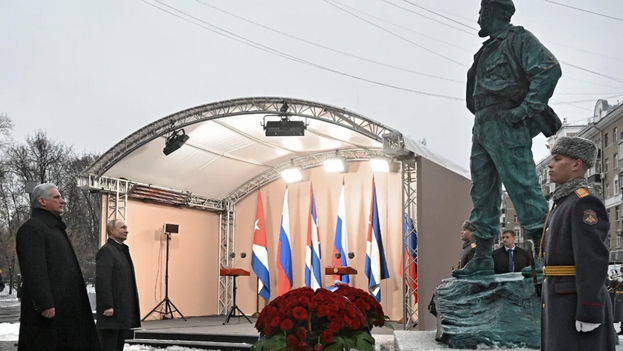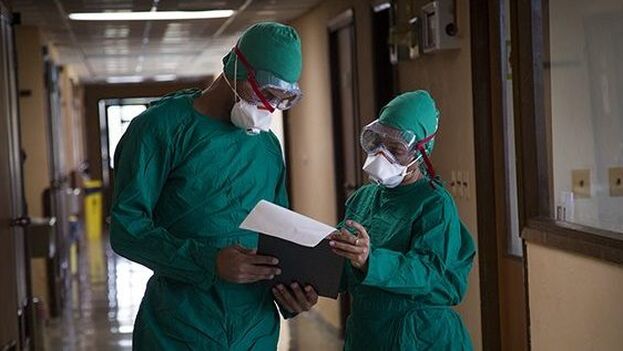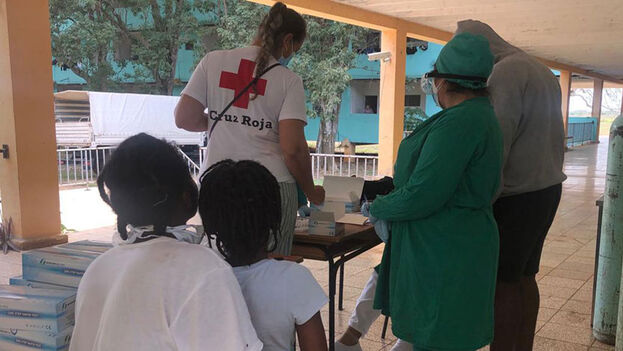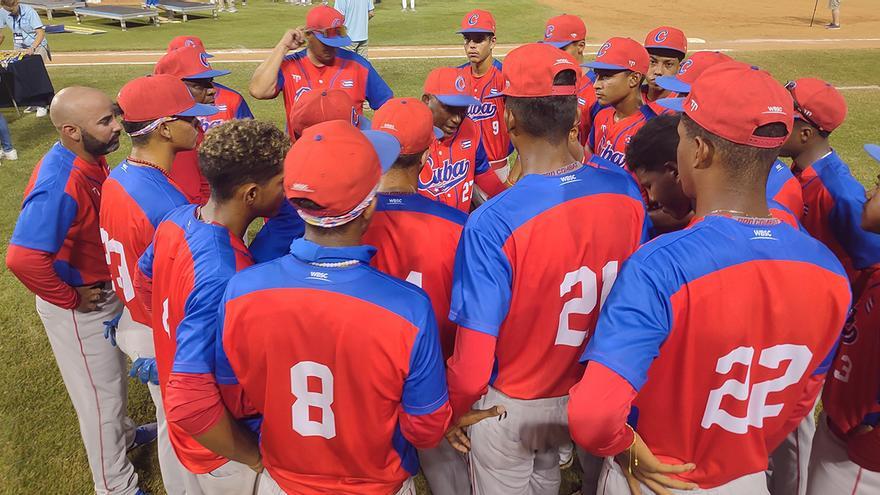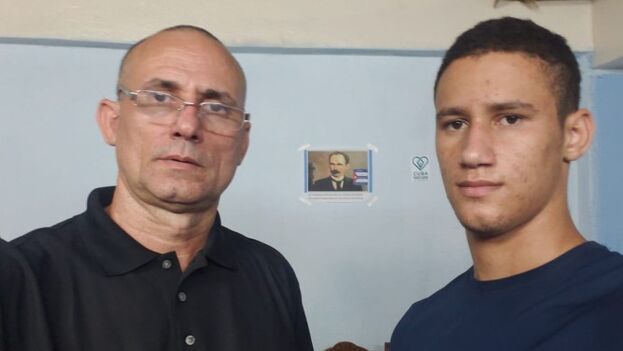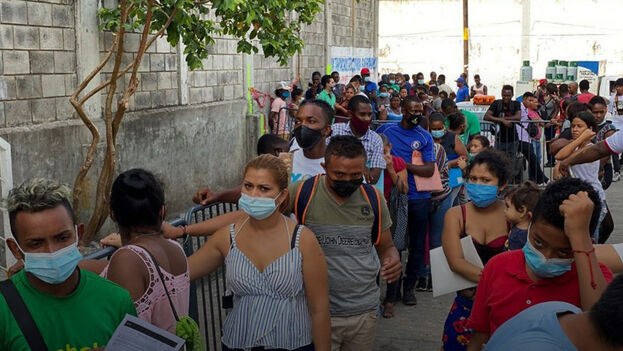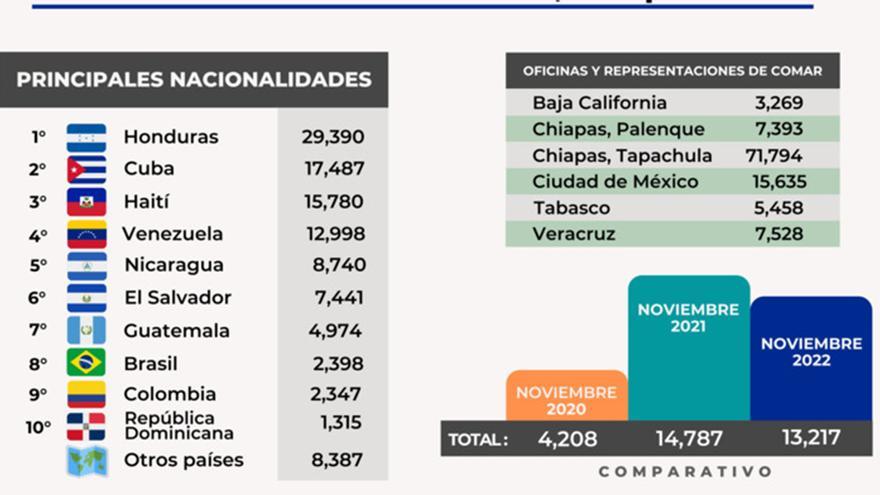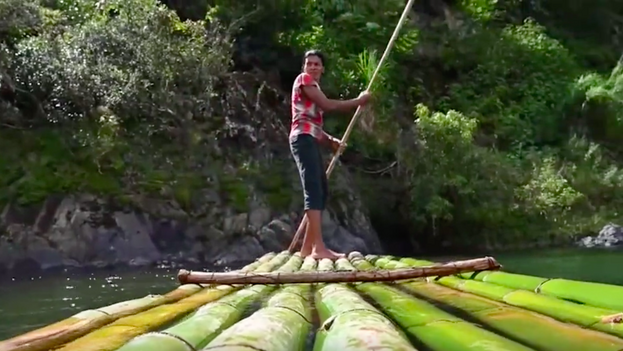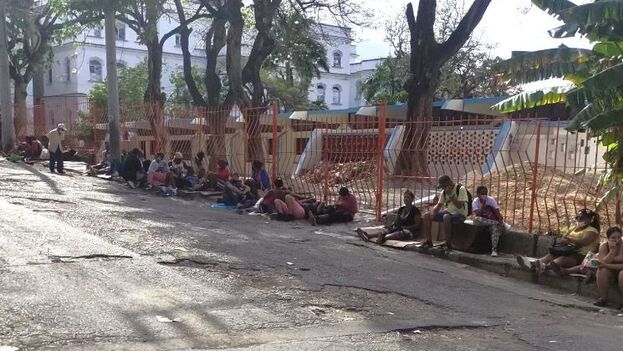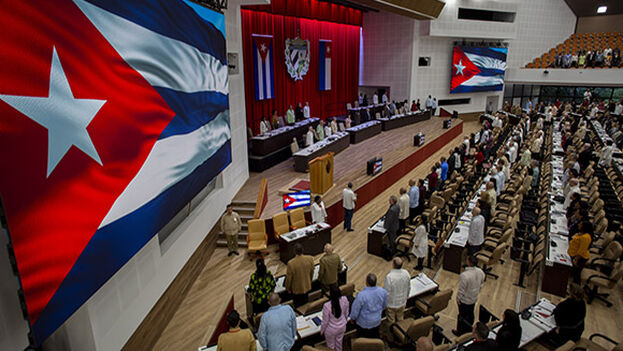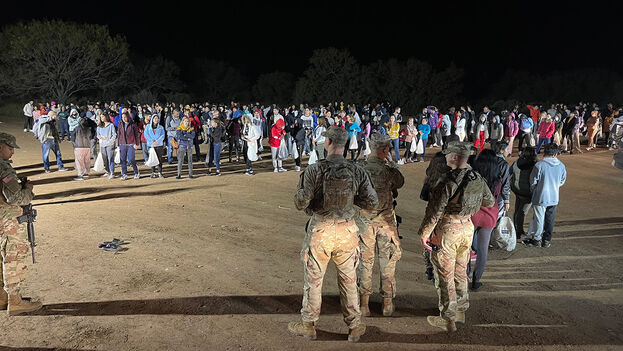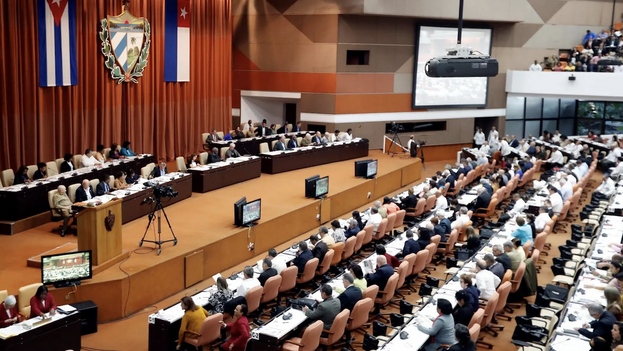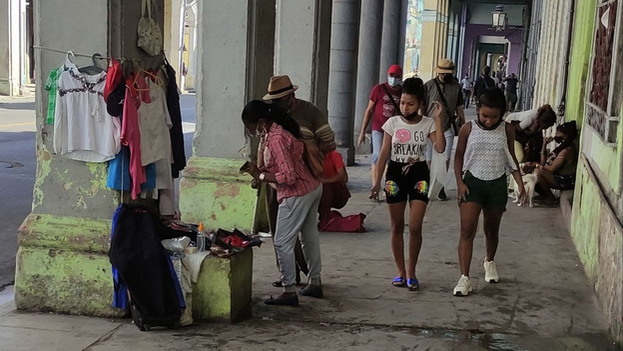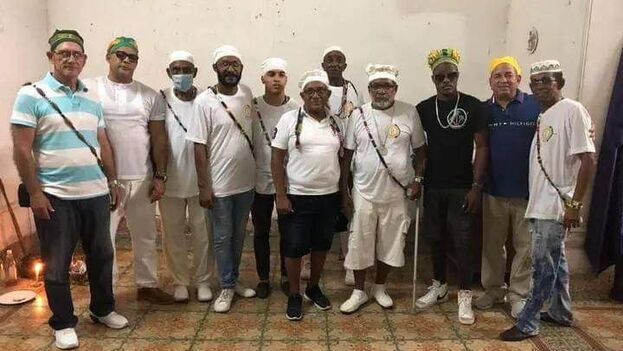
![]() 14ymedio/EFE, Havana, 3 January 2023 — A day after its rivals of the ruling Yoruba Cultural Association of Cuba, the independent commission Miguel Febles Padrón published on Monday its Letter of the Year 2023, in which it predicts “the loss of freedom due to the increase in social indisciplines,” the arrival of favorable trade agreements and pacts between military powers.
14ymedio/EFE, Havana, 3 January 2023 — A day after its rivals of the ruling Yoruba Cultural Association of Cuba, the independent commission Miguel Febles Padrón published on Monday its Letter of the Year 2023, in which it predicts “the loss of freedom due to the increase in social indisciplines,” the arrival of favorable trade agreements and pacts between military powers.
On the positive side, they announce growth in the food sector, technological advances that will solve problems and the development of biotechnology, although they anticipate “concerns and uncertainty as a result of future changes,” and natural disasters at sea.
“War generates instability in some, while others benefit,” adds the text in the section dedicated to events of social interest.
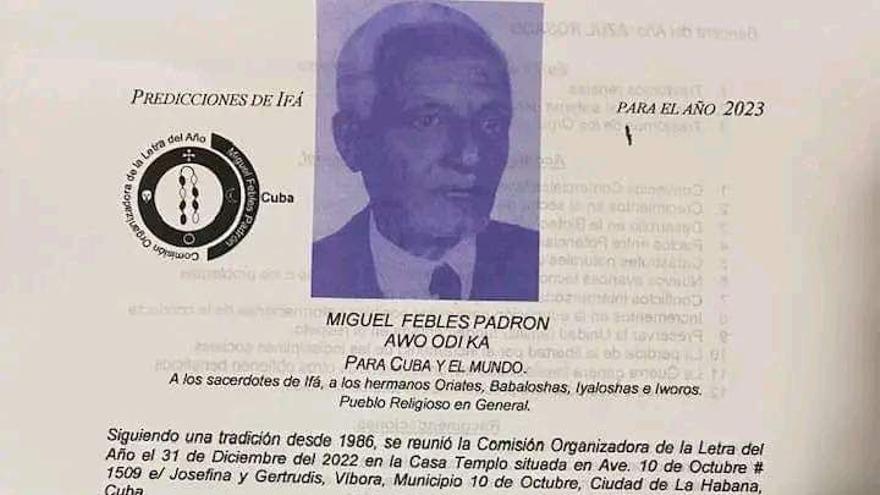
Among the recommendations, the santeros ask that disrespect in the home be avoided, that mothers improve the “behavioral training of children” and that the storage of decomposed food be avoided. On a more general level, they urge “establishing agreements in all sectors of the economy” and improving the restoration of homes. continue reading
It is the second consecutive year that the separated priests of the Yoruba Cultural Association, more related to the ruling party, publish their own letter. This fact has raised criticism among some faithful who are upset with the religious division, although there are some adherents who believe that this or the other is the “true” letter.
For the Miguel Febles Padrón commission, the ruling divinity this year is Yemayá, and as a companion, Orishaoko, who in Santería syncretizes with San Isidro Labrador, the patron saint of farmers. Meanwhile, for the Yoruba Cultural Association, Obatalá governs, and its companion is Oshún.
Rancell Montero, vice president of the association, who disseminated his Letter of the Year the day before – on Sunday – emphasized the need for a “change of mentality” in the country’s authorities and in “the base” of society in the face of “new times” of the economy.
In addition, he insisted that change is necessary for the “development of new socio-economic perspectives” of the country. “We are not yet prepared, and there are not all the necessary conditions for that change. And that goes from the country’s own management to the base,” he added during the press conference this Monday in which the essential ideas of the document were developed.
“We are going to find new elements, and this requires thinking about the new times with another type of vision, and it requires preparing all the economic infrastructure of the country that is adapted to that need for development that we have in the current conditions,” Montero continued.
Despite the differences, the two Letters coincide in their omen of natural disasters, although the Yoruba Cultural Association extended the possible causes to hurricanes and warned of great “economic and human losses.”
The priests have also anticipated an increase in violent criminal activities and robberies, and they recommend taking precautions with property.
In addition, they warned of the worrying trend towards population aging and the mass exodus recorded in the last year, which also leads to a fall in the birth rate. Likewise, they predicted an increase in alcohol consumption in the population and asked for more information about the damage associated with it.
Traditionally, the Letter of the Year of the Yoruba Cultural Association has been considered more favorable to the Cuban regime, although this year many voices say that the letter of the independents has been even more related to the Government.
Translated by Regina Anavy
____________
COLLABORATE WITH OUR WORK: The 14ymedio team is committed to practicing serious journalism that reflects Cuba’s reality in all its depth. Thank you for joining us on this long journey. We invite you to continue supporting us by becoming a member of 14ymedio now. Together we can continue transforming journalism in Cuba.

